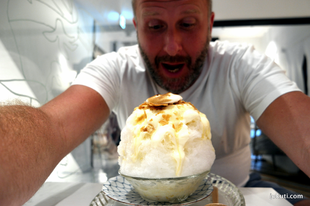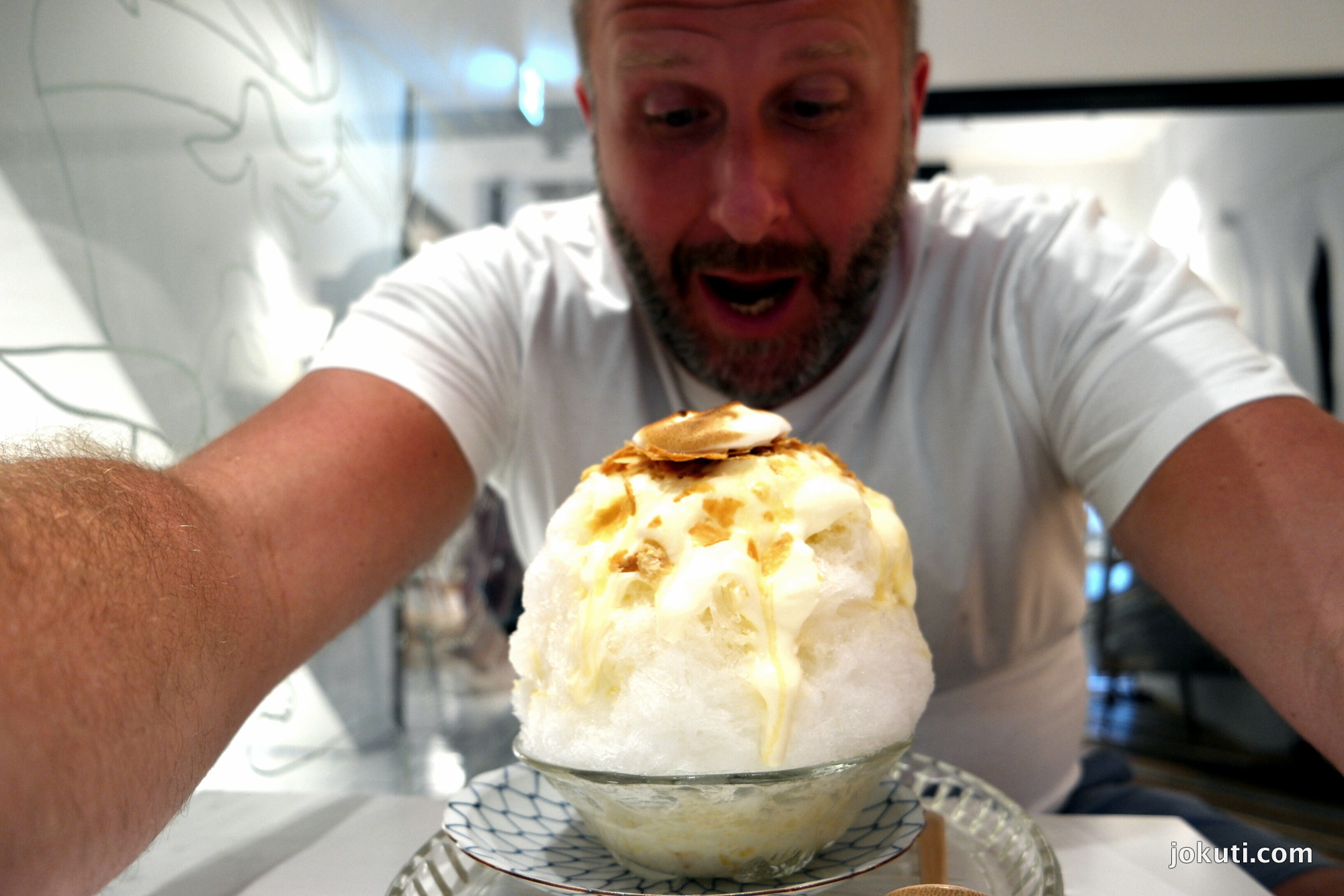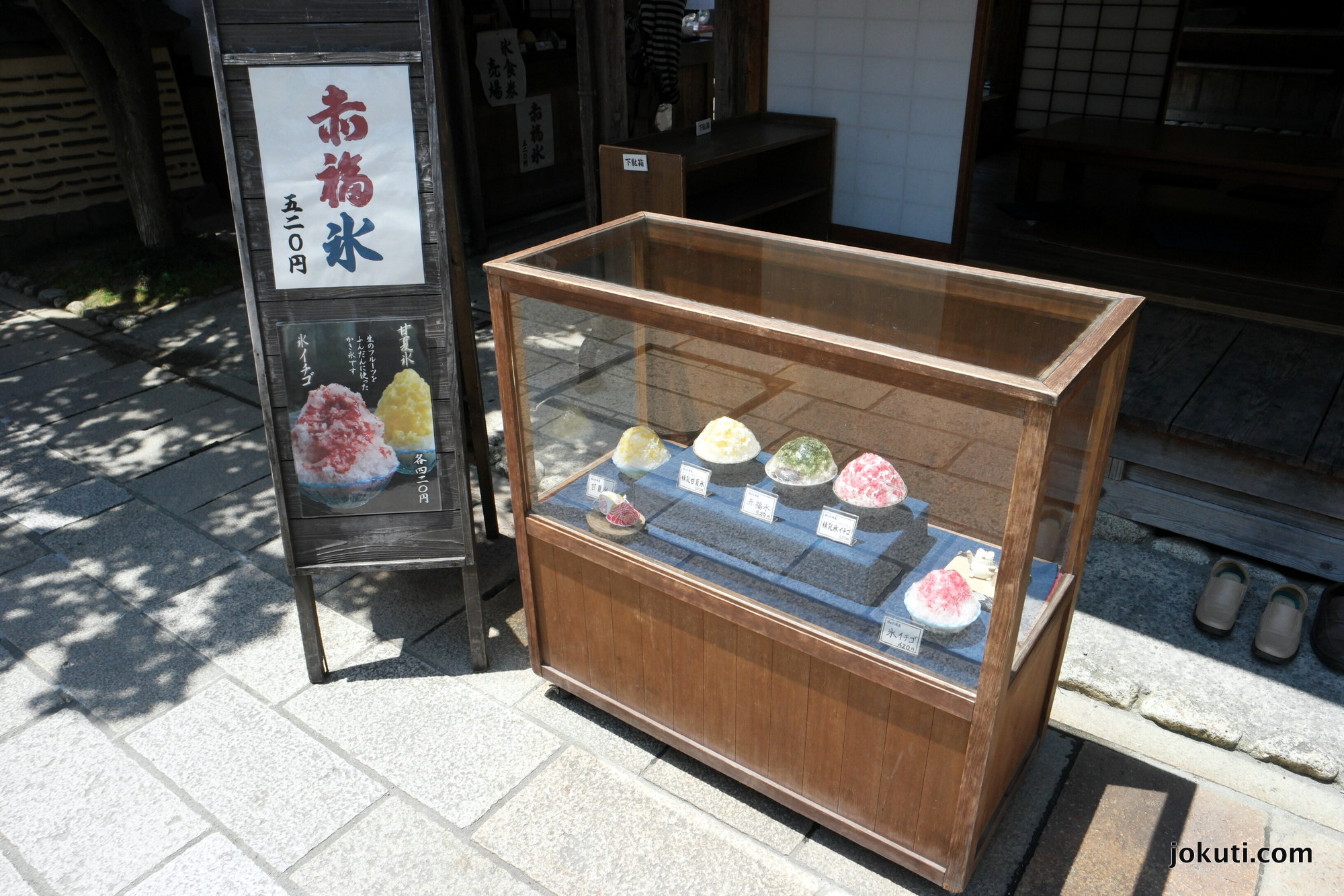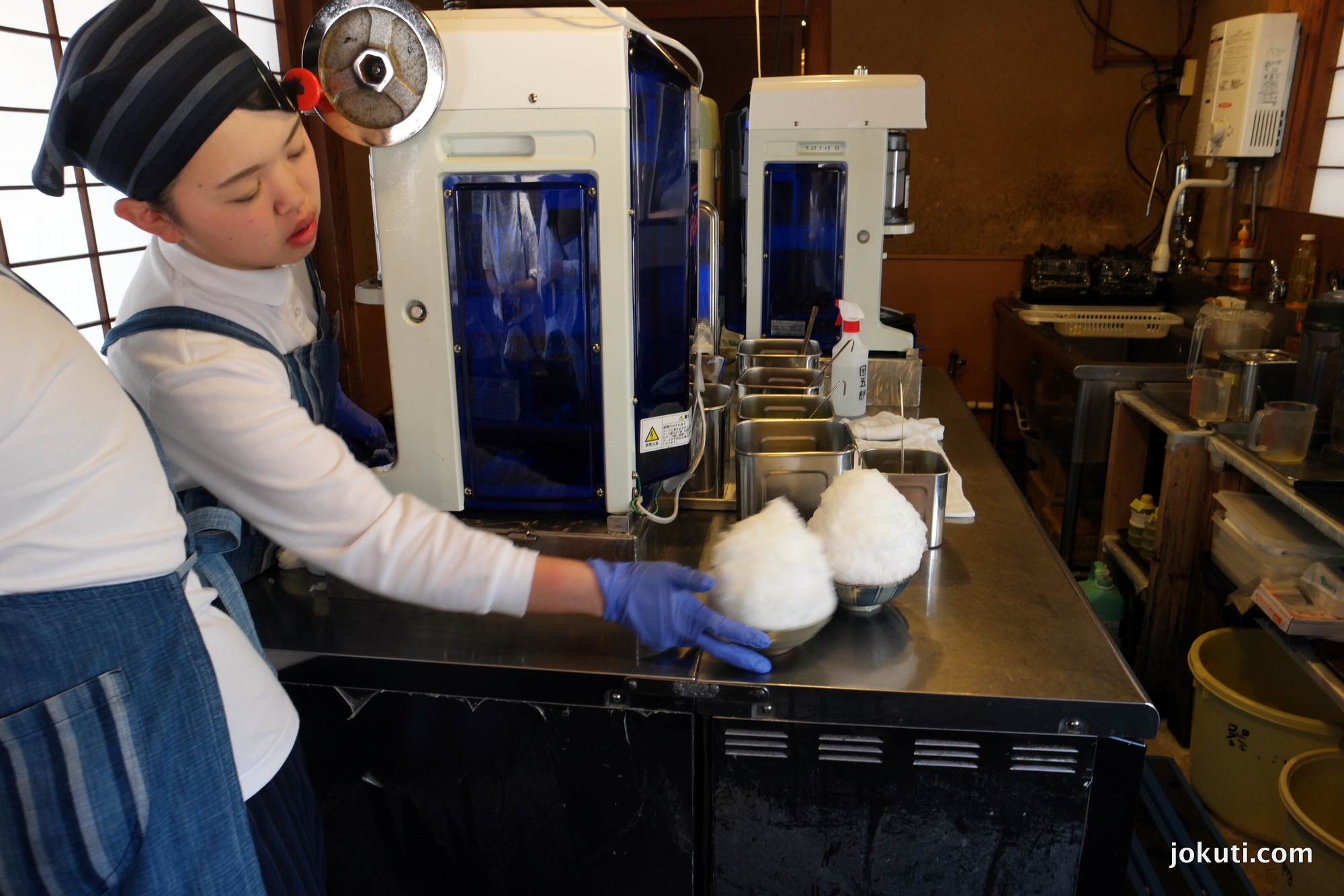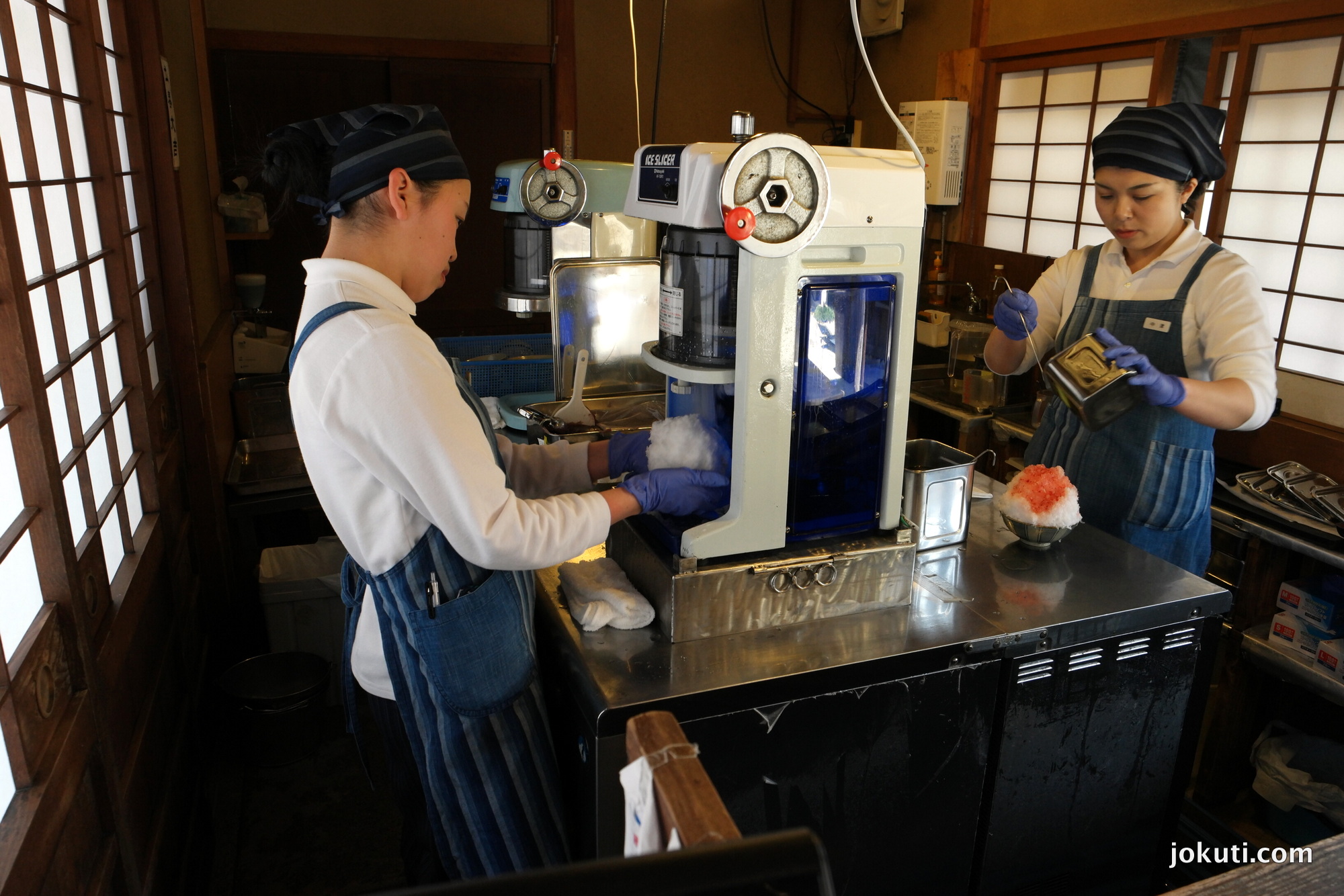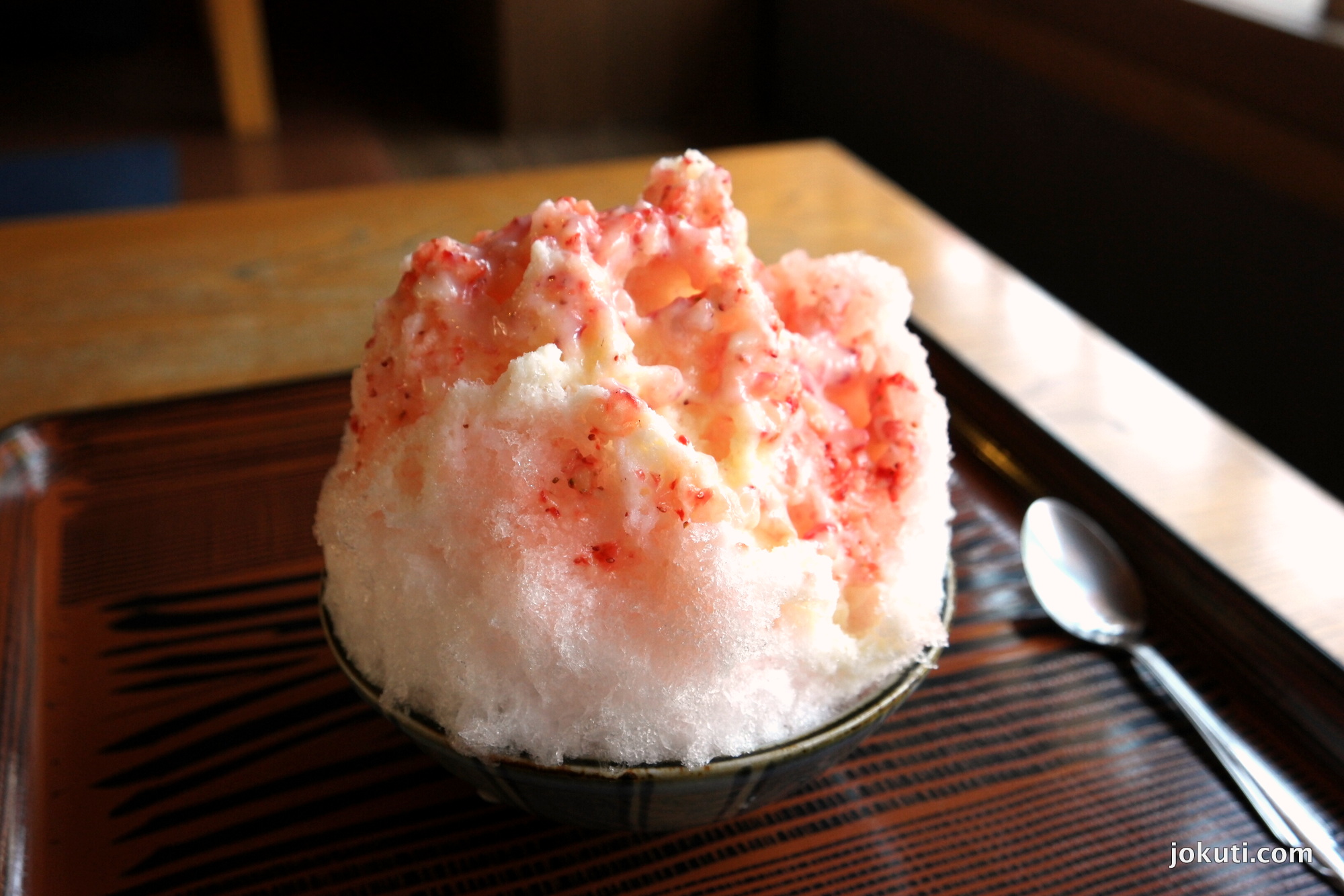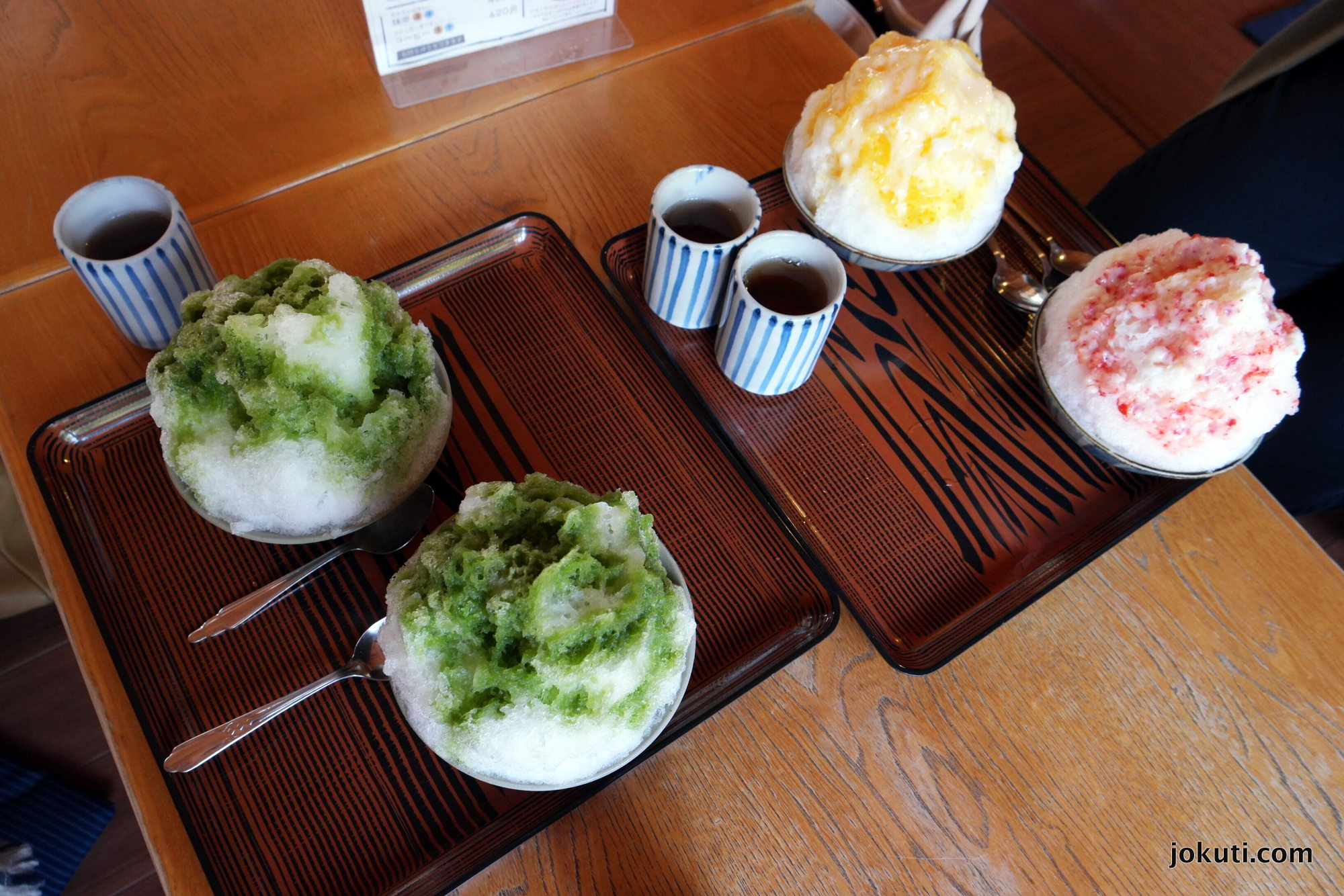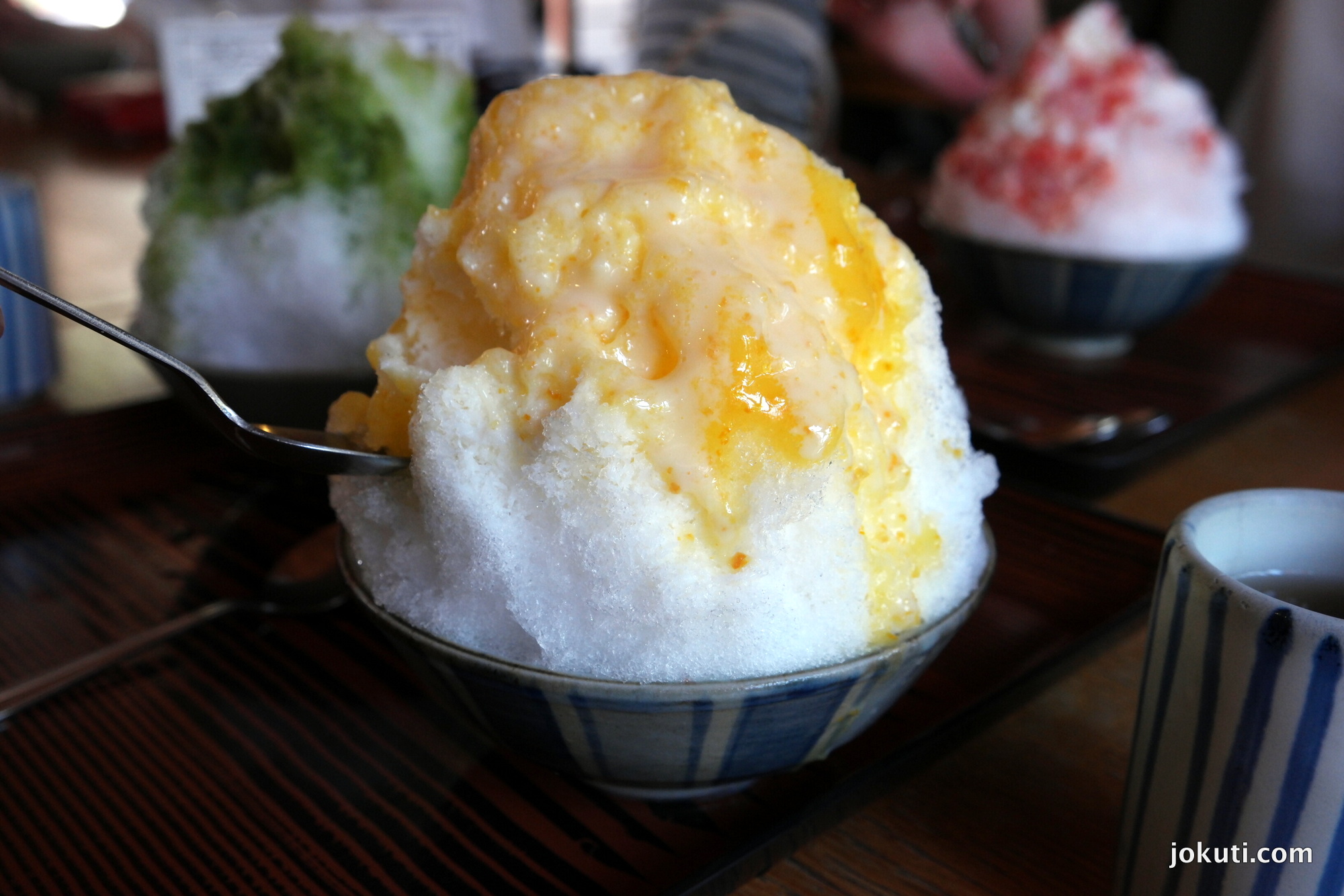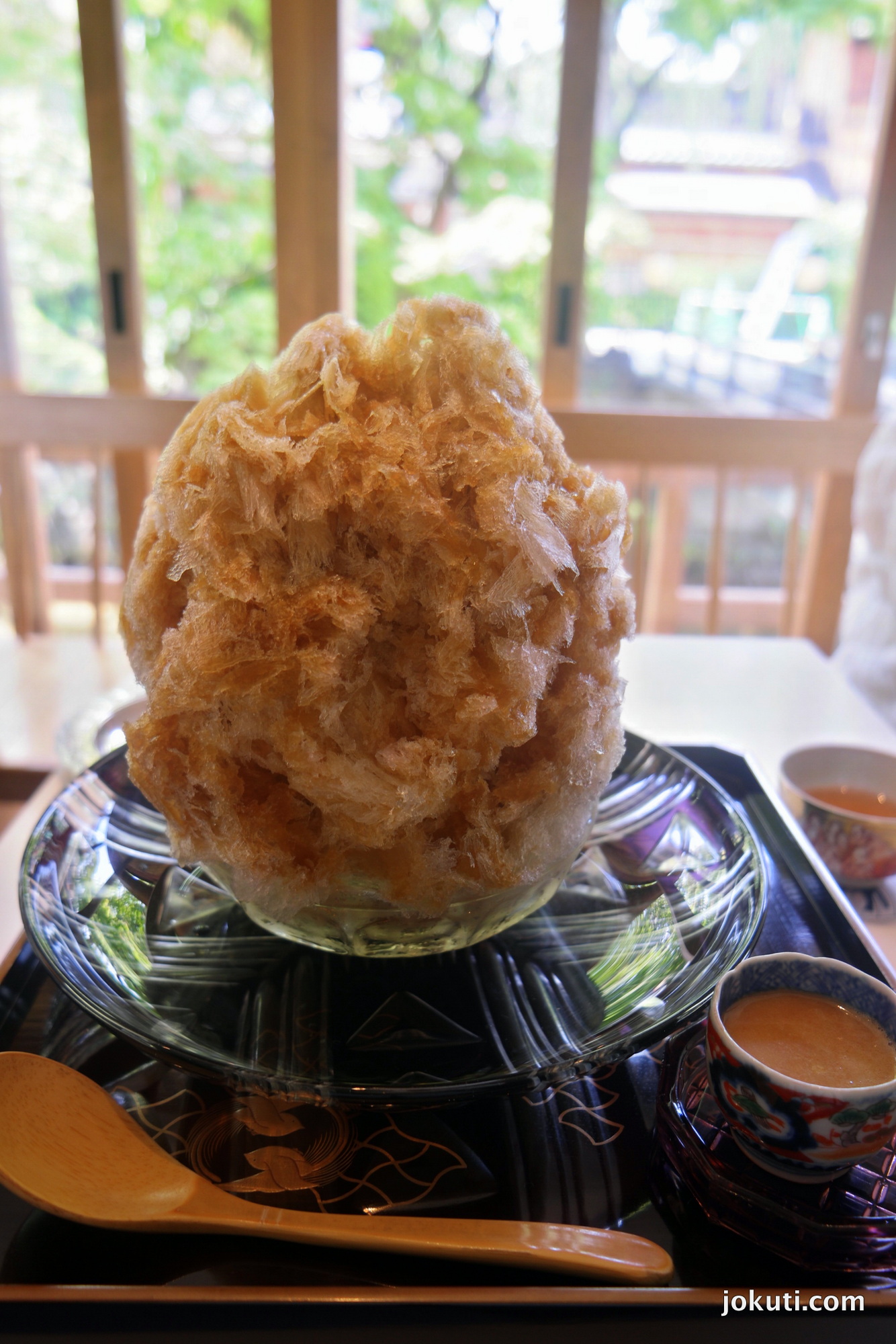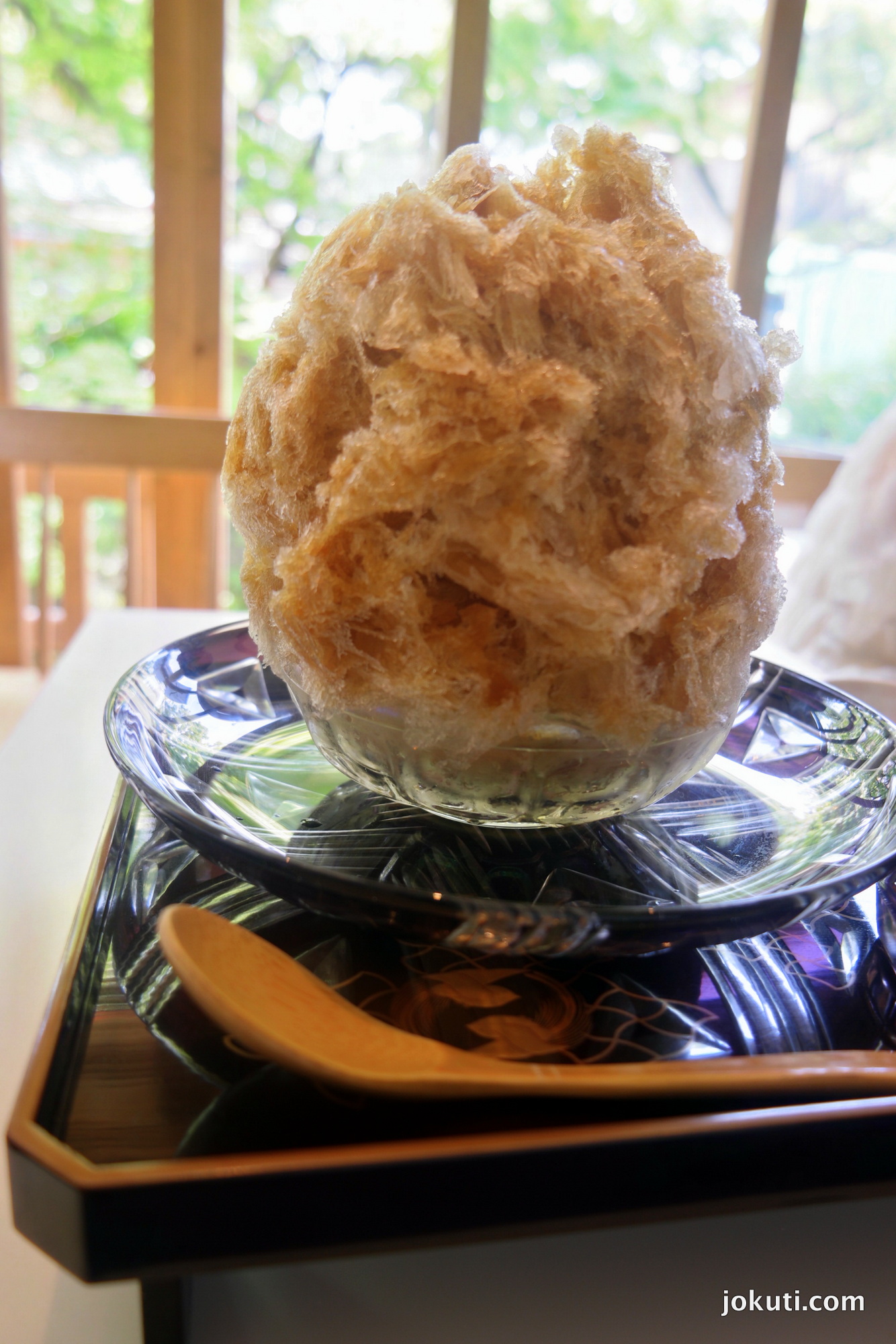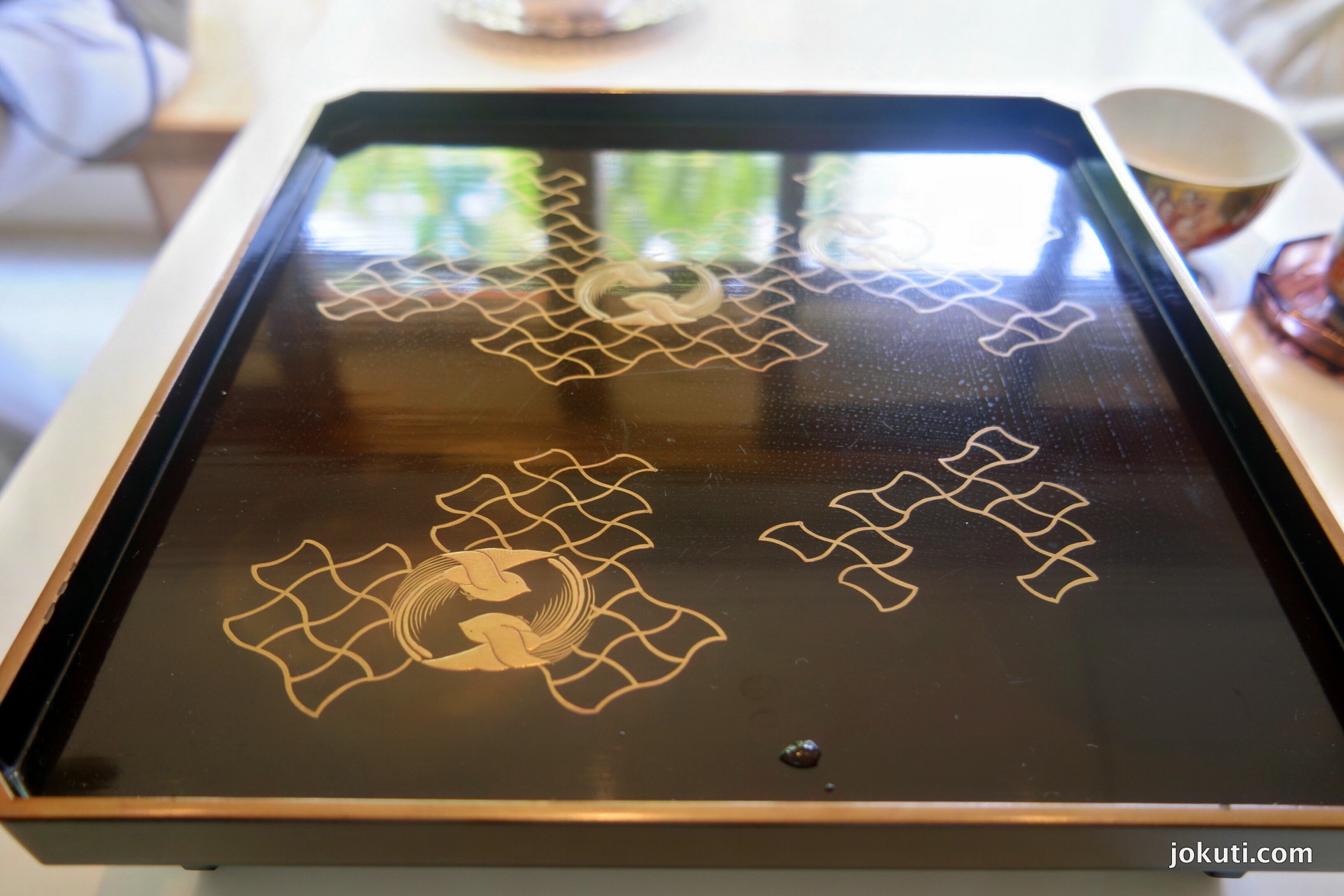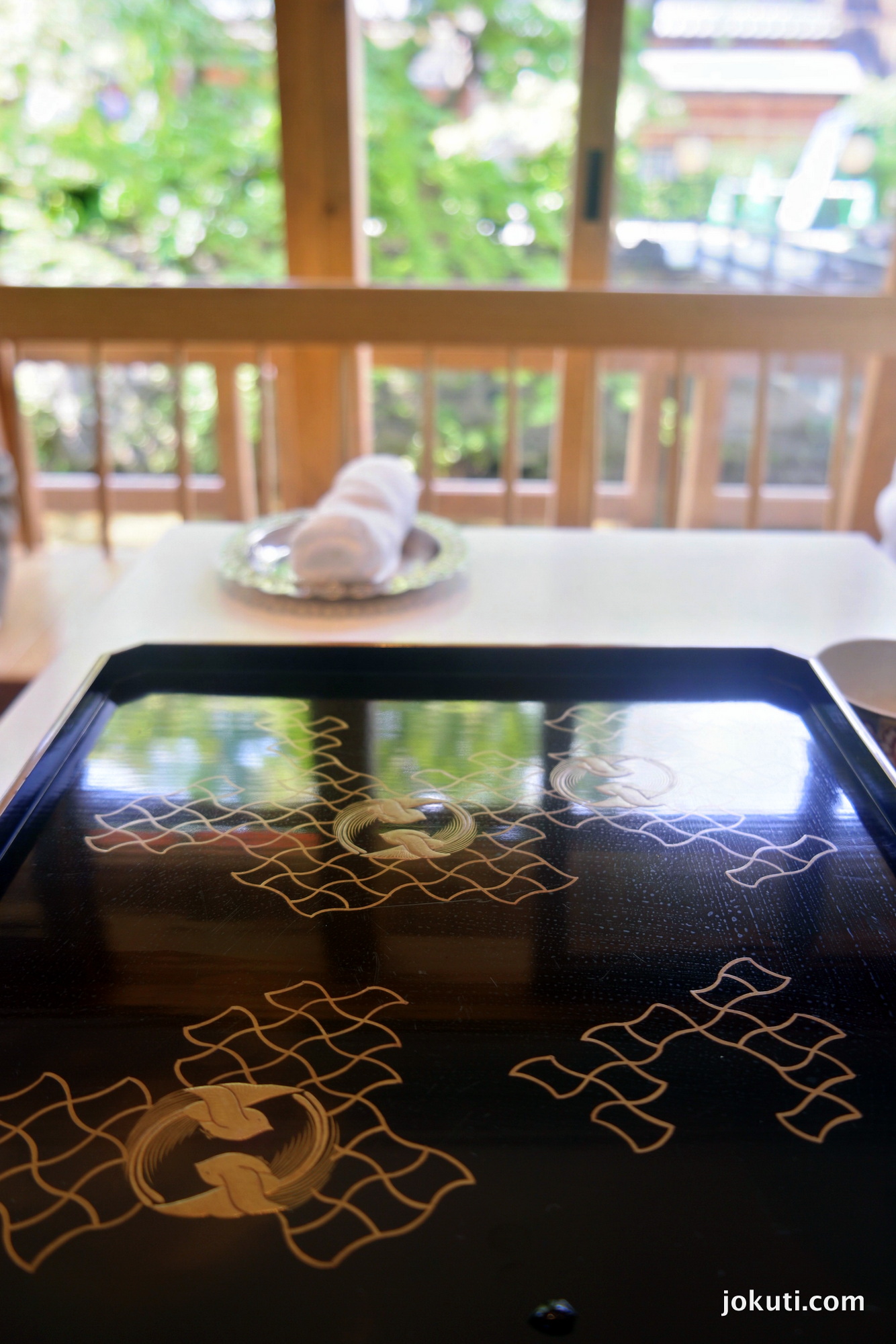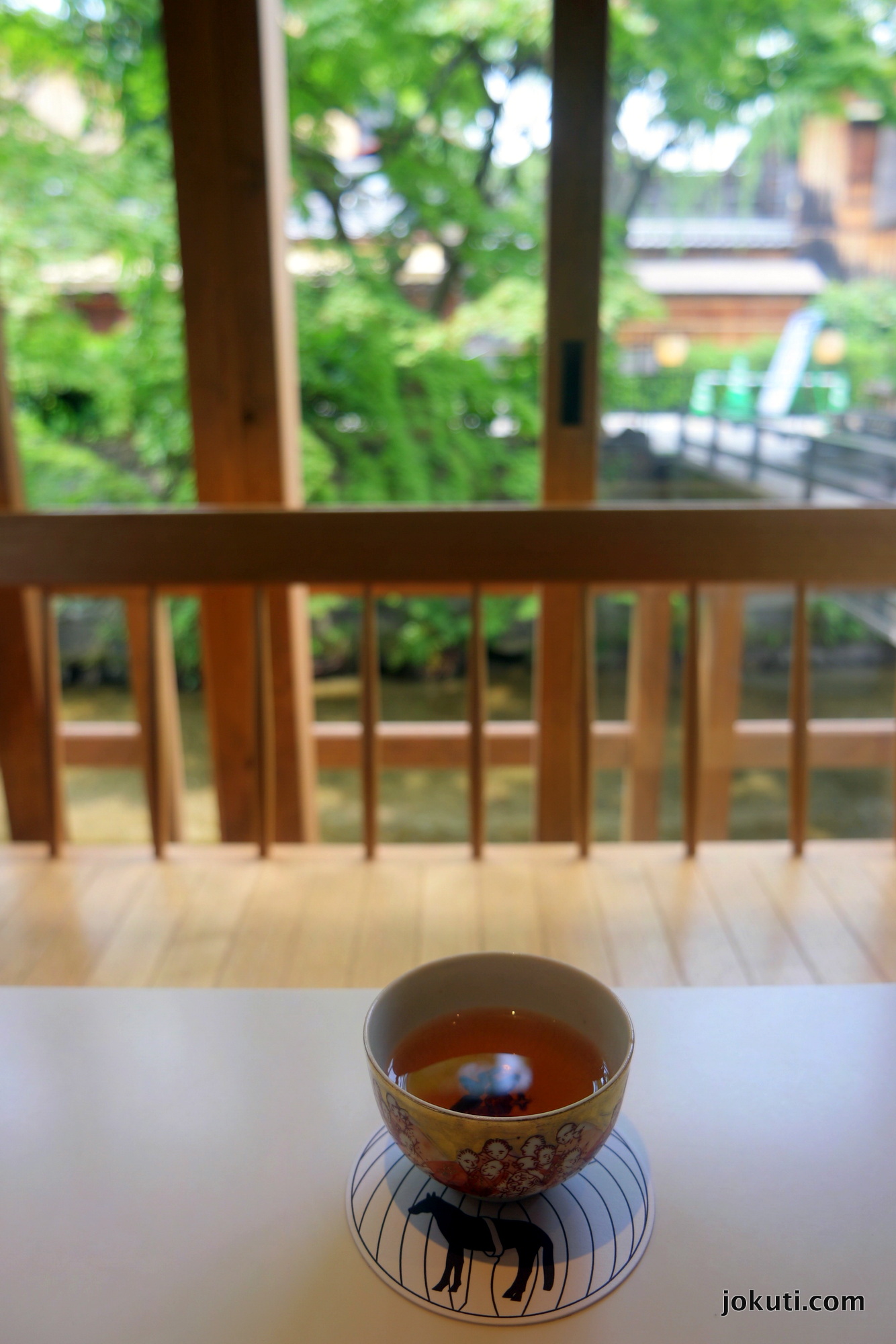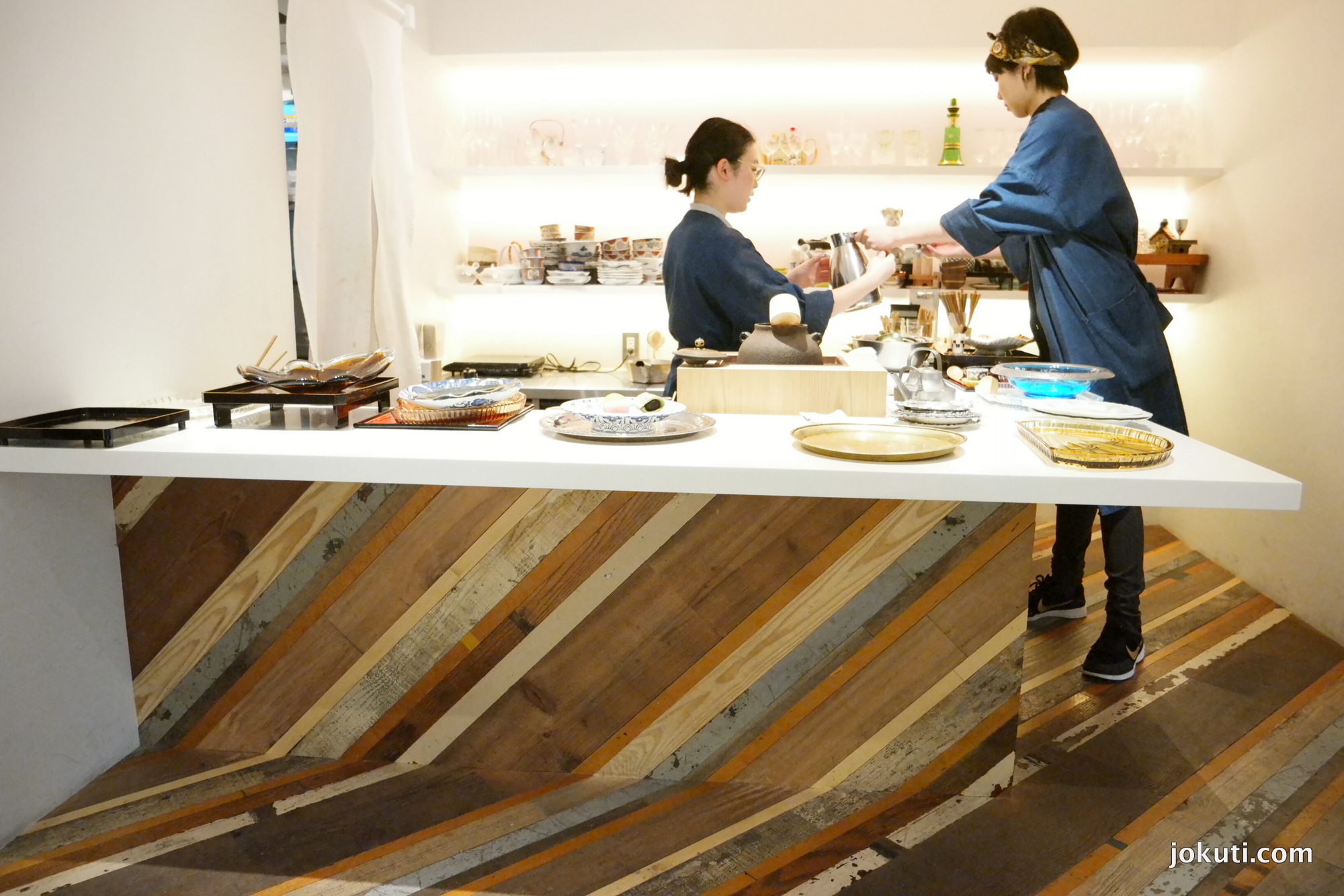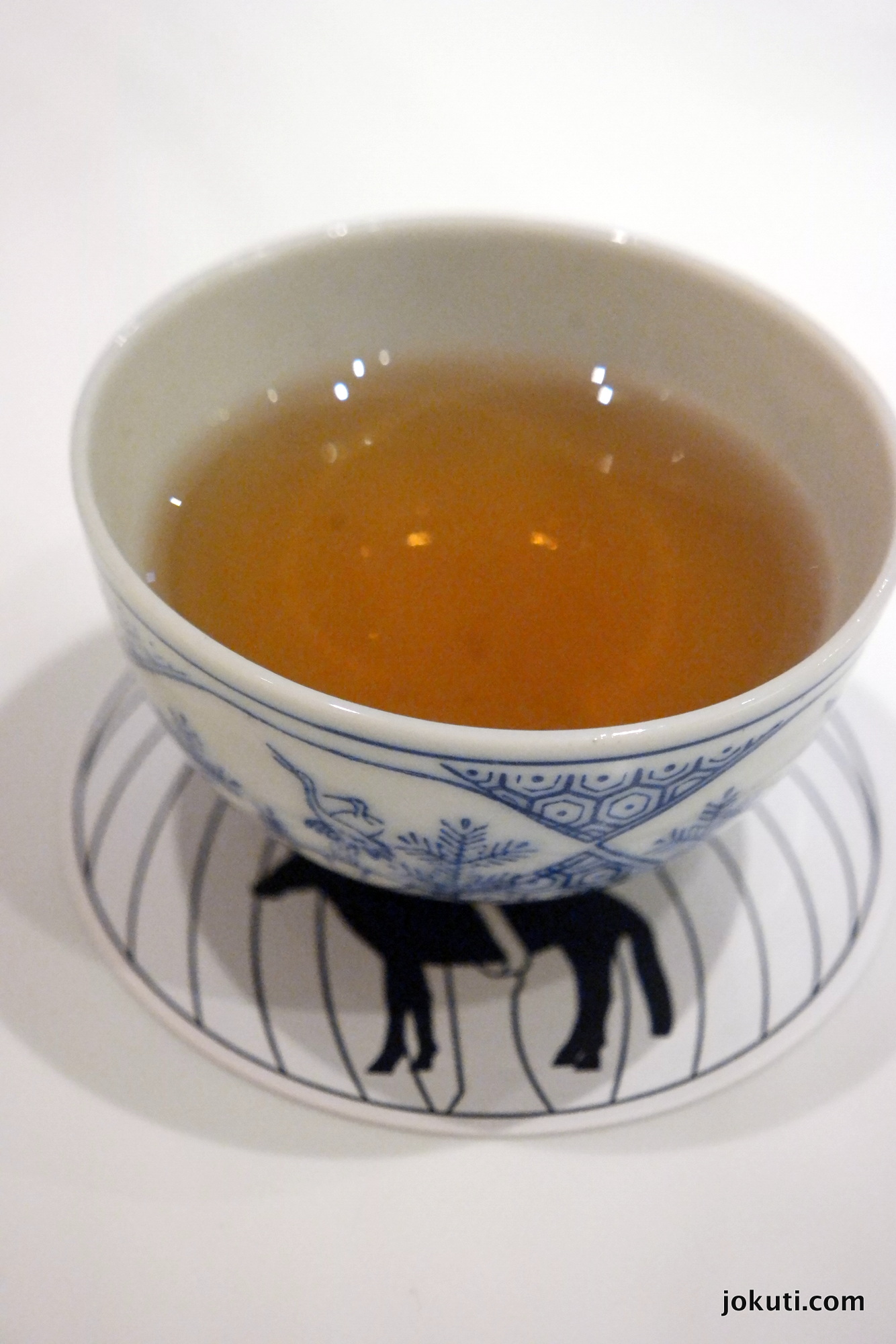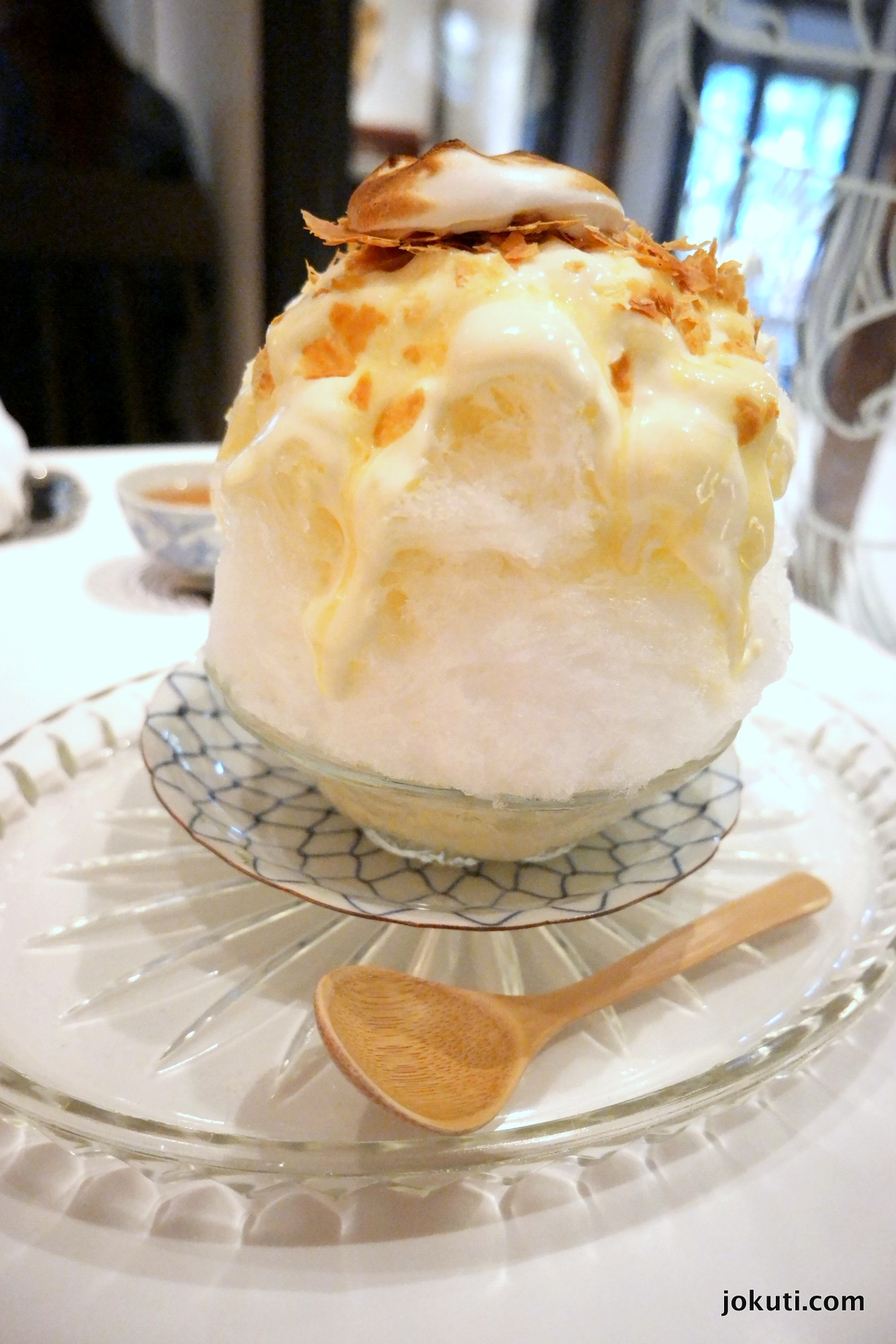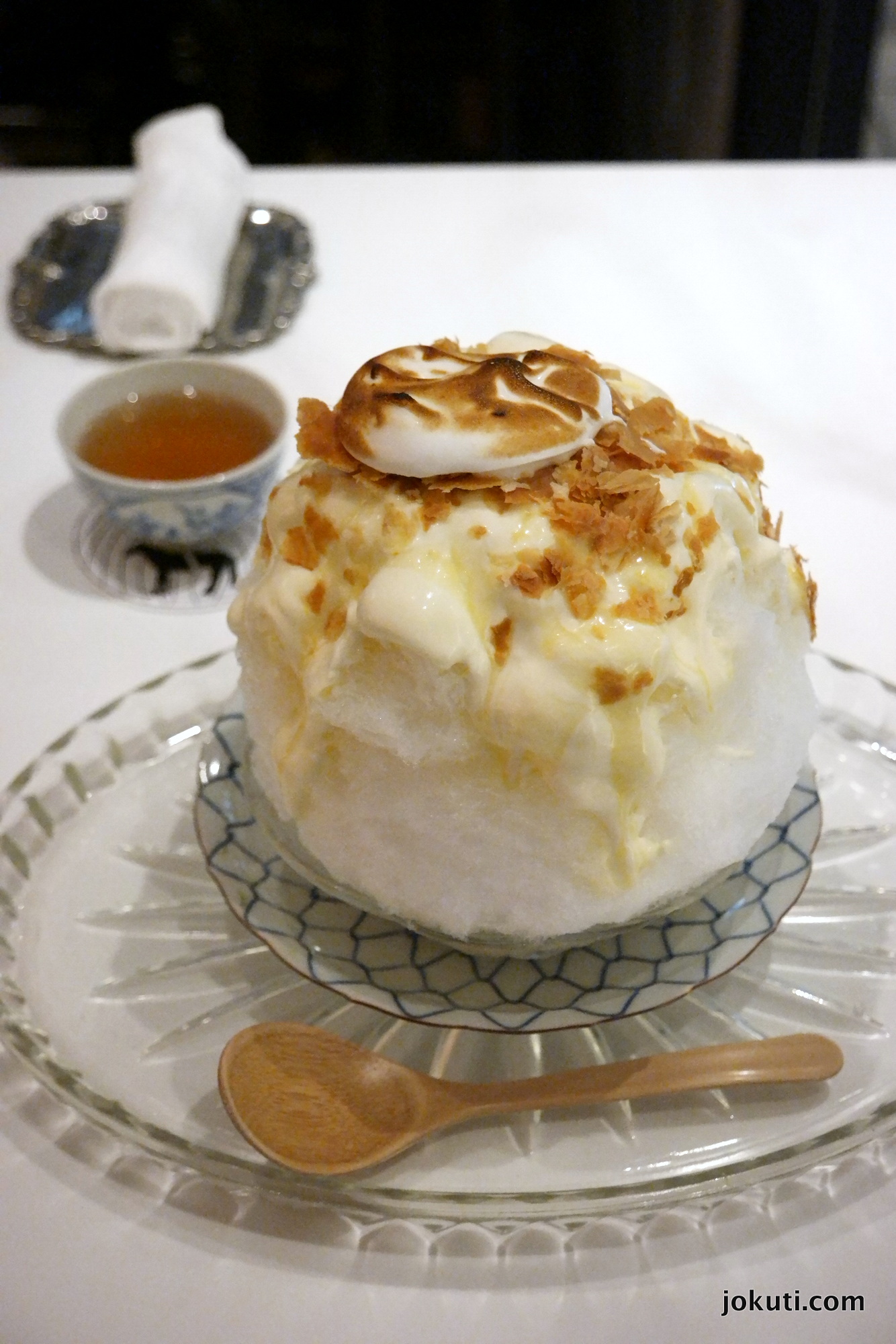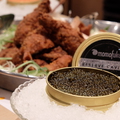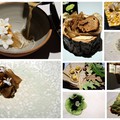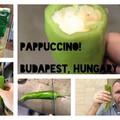Unsurprisingly, it has been the Japanese who achieved perfection in the art of ice cream making: their eye for detail and passion for perfection also contributed to this.
Although shaved ice doesn’t exist only in Japan they were the ones to make it perfect. It’s called kakigōri, and it’s basically broken or shaved ice with some kind of a syrup and sweetener (this is optional), that is mostly condensed milk. But its uniqueness lies in the details! In the best kakigōris, the ice is not chunky but soft, like small snowflakes and melts immediately in your mouth. The syrup is prepared from the best, natural ingredients and the whole thing doesn’t remind you of a slushy but of a very special, perfectly refreshing and tasty, light dessert. Of course, in the beginning, this was only prepared for the rich, mainly to the enjoyment of the emperor, especially in the era before the fridge, when ordinary people couldn’t dream of any summer refreshment other than spring water. The best kakigōri makers are still using spring water or some other, high quality water to make the ice, and, as it’s usual in Japan, the phases of preparation have their own, very precise steps; they don’t spare energy to achieve a perfectly flawless result. “Good enough is the new perfect” doesn’t exist here.
AKakigōris were first mentioned in The Pillow Book - which was later adapted for the screen and directed by Peter Greenaway - in the list of elegant things.
Other elements of the list are:
A white coat worn over a violet waistcoat.
Duck eggs.
Shaved ice (kakigōri) mixed with liana syrup and put in a new silver bowl.
A rosary of rock crystal.
Wisteria blossoms. Plum blossoms covered with snow.
A pretty child eating strawberries.
Thus, it’s assumed that kakigōris already existed in the 11th century, however, most probably the ice was shaved with a knife and it was served in a metal bowl. Moreover, since the ice from winter had to be stored, it counted as a rare delicacy, one that only rich people could afford.
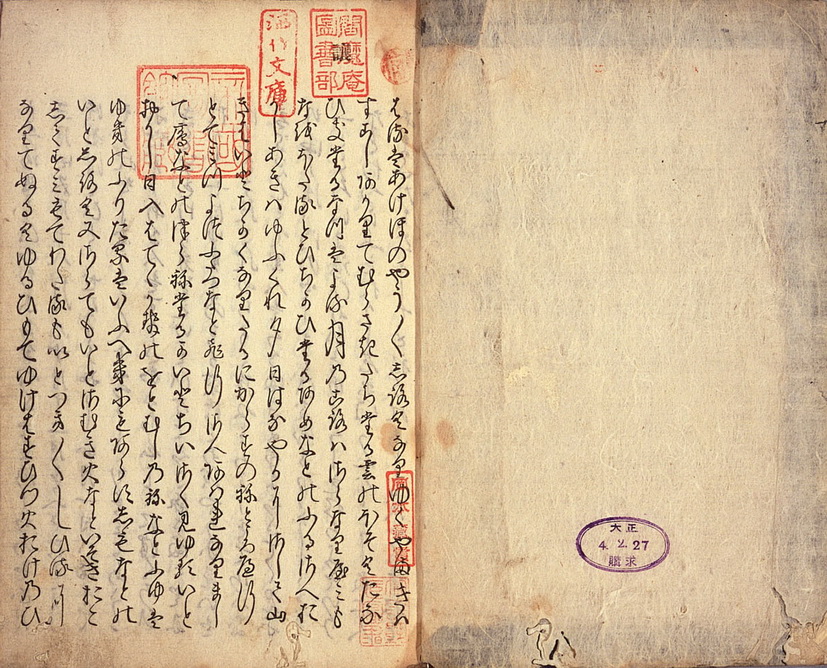
Centuries later the problem was still not resolved: the kakigōri could be prepared only from imported ice (with six months shipping time). A big change came by in the 19th century when they managed to ship ice from the northern Hokkaido-island to the southern part of the country; kakigōri then became way more popular and widespread. In the 1930s, not only the icemaker machines were invented but also the ice shaver, and finally the kakigōri became available for larger audiences.
This is the average standard, which is already great, and you can also see the machine that is used to prepare it:
Of course, there are best ones among the very good ones. After having begged the greatest Asian kakigōri expert to give me the best place to taste it in Kyoto, I got the address. I had to swear on my life not to divulge the secret. Luckily, the place wasn’t difficult to find, even though, as he explained, in Tokyo for example, the best places are far from everywhere. He often travels 3 hours back and forth for a good kakigōri. And if he is already there, he is likely to take 3 or 4 portions, so it is not surprising that his yearly kakigōri consumption is close to 1000. This is also exceptional, as the best kakigōri makers are open only during the season.
This is how it looks like in a video. First is the standard version from above and at the end, the top quality from below:
Roasted green tea syrup, Kinako condensed milk (here you get a tea to go with it):
And the monthly offer, lemon pie with flaky crust, meringue and unbelievably balanced flavours:
The day of the kakigōri is celebrated on 25 July.
Recommended accommodations in Kyoto. (affiliate link)

